Study that can be refuted in all its parts but immediately exploited to throw mud on agricultural mechanization.
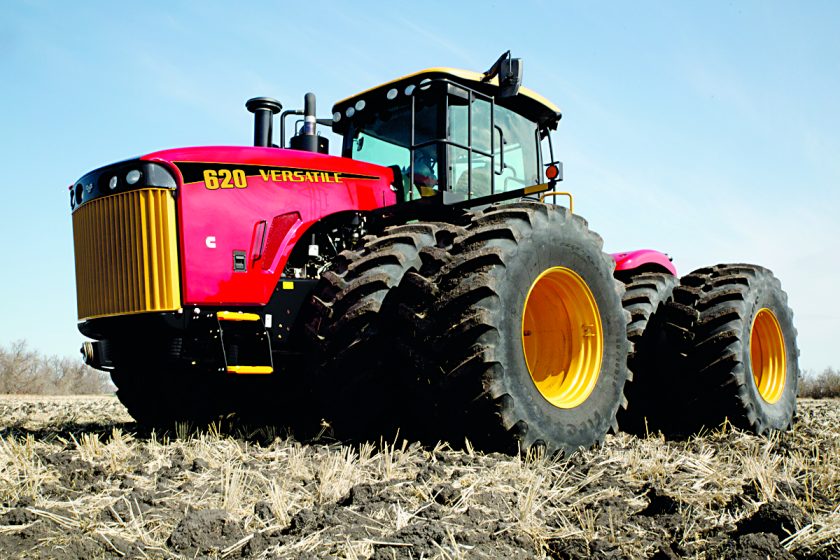
" Pnas ", " Proceedings of the National Academy of Sciences ". It is an American scientific journal, the official organ of the United States National Academy of Sciences, the American academy of sciences. Founded in 1915, it publishes articles relating to issues that impact various sectors. Ranging from biomedical to biology and from physics to mathematics to social sciences. In such contexts it is always proposed as an objective and documented moment of information. So much so that every article, even if written by valuable scholars and scientists, before being published is subjected to scrutiny by other technicians and scientists who certify the validity of the contents.
Tractors like dinosaurs
Starting from the data declared by the manufacturers of tractors and tires and on the basis of theoretical analyzes, therefore without data deriving from field tests, the two first ruled that "the increase in performance of modern tractors was accompanied by higher vehicle weights which increase the risks of subsoil compaction ". Then, not content with having brought into focus such an extraordinary truth, they hypothesized unimaginable damage to the deeper layers of the soil. From 50 centimeters down. They then end up assimilating the "destructive" action of tractors and combine harvesters with that which, again in their opinion, would have induced the dinosaurs on the land. I lived between 65 and one hundred million years ago.
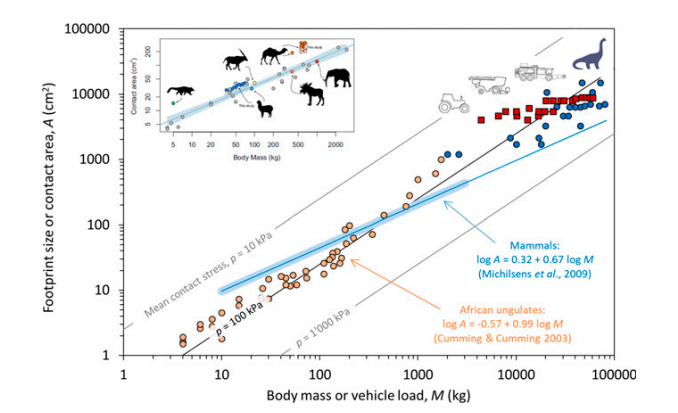
Ours hypothesize that it was the dinosaurs who with their wanderings gave rise to ruin of the soil such as to reduce its productivity. Effect that would eventually starve the dinosaurs themselves. Everything can be mind you, but in the scientific field every hypothesis must then be supported by evidence that in the specific case is completely lacking. The original text of the study can be found on the website of the Pnas magazine at the dedicated link and using the Google translator it can also be read in a fairly faithful Italian.
 Electric and autonomous tractors: Is this the future of farming?
Electric and autonomous tractors: Is this the future of farming?
A theoretical study with claims of concreteness
Well conceived in the invoice, the study could still give rise to a minimum of discussions if, after a myriad of terms that clearly highlight the uncertainty and subjectivity of the statements contained, it did not conclude that "Our study provides evidence that trends current to the increase in the weight of agricultural vehicles are not sustainable, making it necessary to consider the critical stresses of the subsoil in future projects to integrate the current attention to traction and contact stress ".
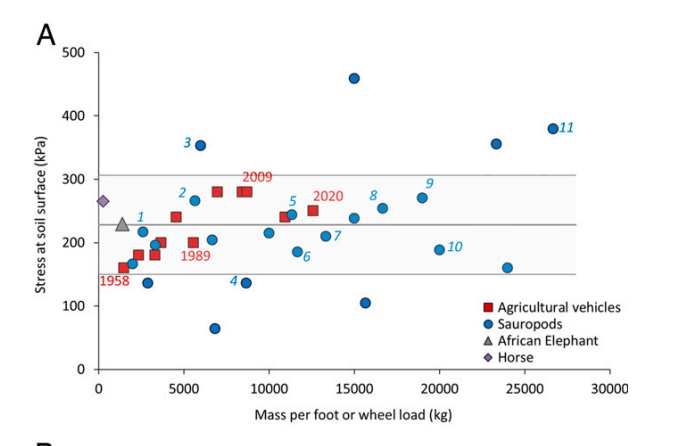
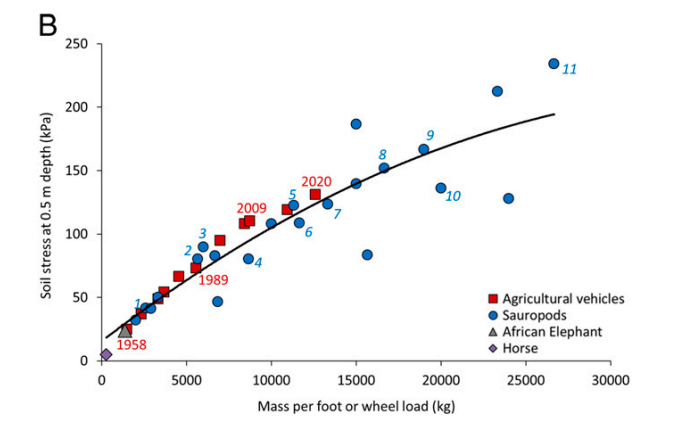
Too bad that in reality the two have not tried anything having only advanced hypotheses, conjectures and suppositions that in the end led them to discover hot water. That is, the tractors weigh and with their weight compact the soil. Furthermore, a few hints on the fact that in reality the pressure on the ground exerted by a tire is equal to the inflation pressure of the tire itself and therefore on the compaction of the soil more than the total weight of a tractor or a combine harvester affects the inflation pressures of the tires. that equip the yard itself.
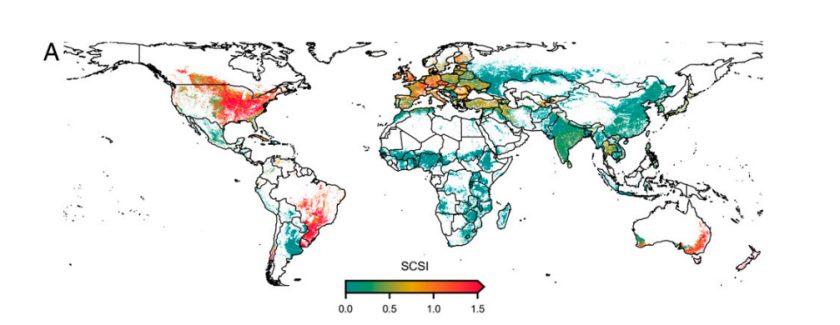
In fact, a study that questions the authority of " Pnas ", but which was immediately adopted by the media closest to the environmentalist world, the magazine Focus published by the Mondadori group in primis, to throw mud on agricultural mechanization and indirectly on agriculture in general. Confirming how for some people ideology prevails over reasoning and journalistic ethics is relegated to the optional non-mandatory.














